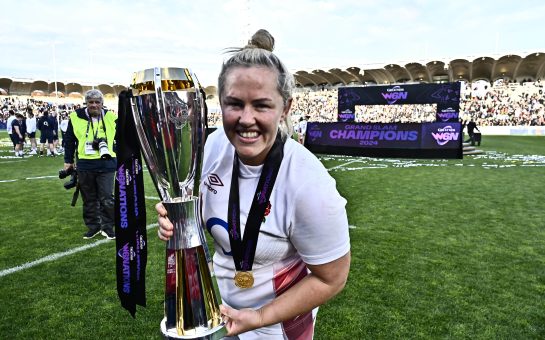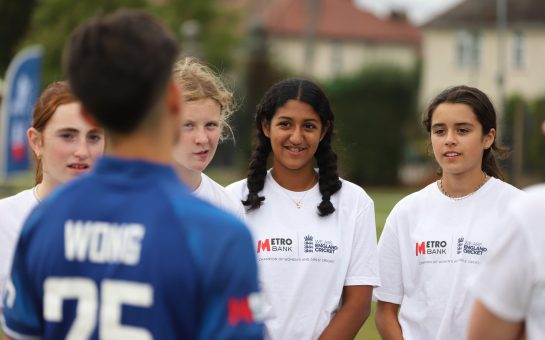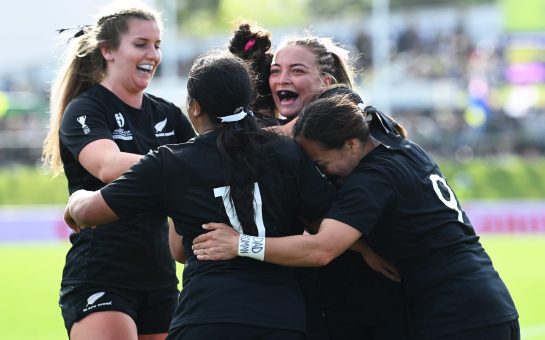Ahead of the ICC Women’s Cricket World Cup 2022, which gets underway on Friday, SWL has produced a guide for the eight teams hoping to lift the trophy on Sunday, 3 April.
England
England are the current holders of the tournament, lifting the trophy on home soil in 2017, and are the second ranked side in the world heading into the competition.
Their squad is littered with stars in the game, and are led by the vastly experienced Heather Knight, who has played over 200 matches for her country across all formats, scoring an impressive 5336 runs in the process.
The current side blends the experience of players like Knight and record wicket-taker Katherine Brunt with the youthful talents of Sophie Ecclestone and Sophia Dunkley, who have excelled since breaking into the first team.
England will look to Brunt to add to her 241 wickets throughout the tournament, and though she will likely be rotated as the competition progresses, she is supported by seamers Anya Shrubsole and Kate Cross, and left-arm leg-spinner Ecclestone.
There is a wealth of batting talent in the squad, too, with both Knight and long-time team-mate Tammy Beaumont able to score big runs on a regular basis, and the likes of Nat Sciver can come in to accelerate the scoring from the middle order.
The reigning champions will hope their disappointing Ashes loss can provide the perfect incentive for them to add to their four World Cup triumphs – especially since their first fixture is against Australia on Saturday, 5 March.
One to watch: Nat Sciver
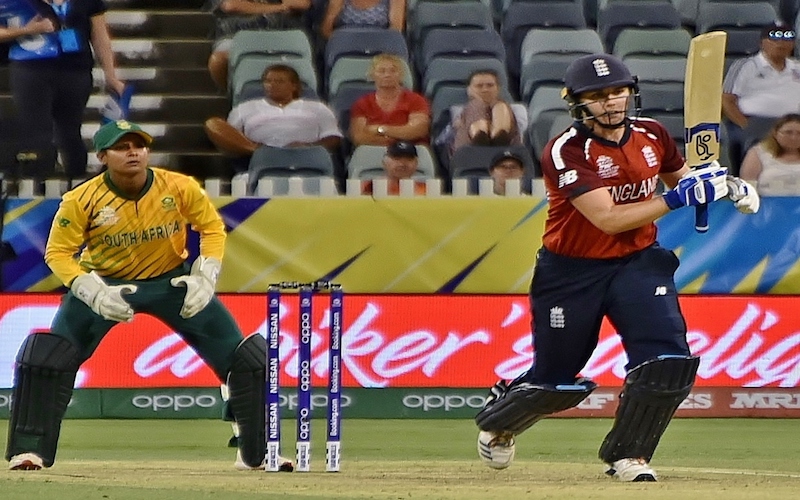
Australia
Australia are the overwhelming favourites for the title.
They have lost only one ODI game since October 2017, and it is very difficult to see how any team might beat the World No 1 ranked side in the upcoming tournament.
Amongst their impressive ranks they can boast the ICC’s ranked batter, Alyssa Healy, bowler, Jess Jonassen, and allrounder, Ellyse Perry, so it is fair to say that there are very few weaknesses in their side.
As well as winning the tournament six times, they have won the last two T20I World Cups thanks to the star-studded brilliance of their side, led by skipper Meg Lanning who has more than 4000 runs and averages 52.84 in ODIs.
Lanning, Healy, Beth Mooney, Tahlia McGrath, Ashleigh Gardner – there is no shortage of players that can punish any bowling attack in the game, and with ball in hand Jonassen and Perry are just as destructive.
Australia were knocked out in the semi-finals by India in England in 2017, but will expect to continue their relentless run since the last tournament with success in New Zealand.
One to watch: Ellyse Perry
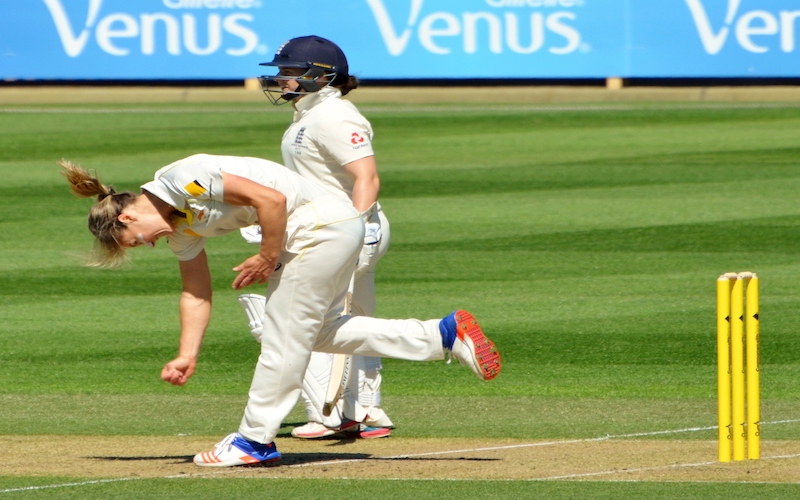
New Zealand
The hosts won the tournament in 2000 when it was last held in New Zealand, and will hope that a return to home soil can inspire a similar showing, opening their campaign against West Indies on Friday.
The White Ferns had only won one series since September 2019 before their recent victory over India, but played the majority of their games against top two sides Australia and England, so it is not an entirely accurate reflection of this squad’s ability.
Allrounders Amy Satterthwaite and Sophie Devine have provided the foundation of this side for over ten years, and remain two of the most influential players with both bat and the ball in the world.
Opener Suzie Bates is her nation’s record run-scorer and allrounder Amelia Kerr, who has recently returned from a mental health break, scored 92* in a warm-up against Australia, her fifth consecutive 50+ score, so there is plenty of fire-power.
The White Ferns’ experienced pace attack comprises Lea Tahuhu, Devine and Satterthwaite, whilst Kerr, Frankie Mackay and youngster Fran Jonas provide three different spinning options, in the absence of key spinner Leigh Kasperek.
Kasperek’s omission leaves New Zealand without one of their most prolific bowlers, and they will perhaps lack a vital tool when wickets dry up, but they will hope the experience of their senior players can overcome this hurdle.
One to watch: Amelia Kerr
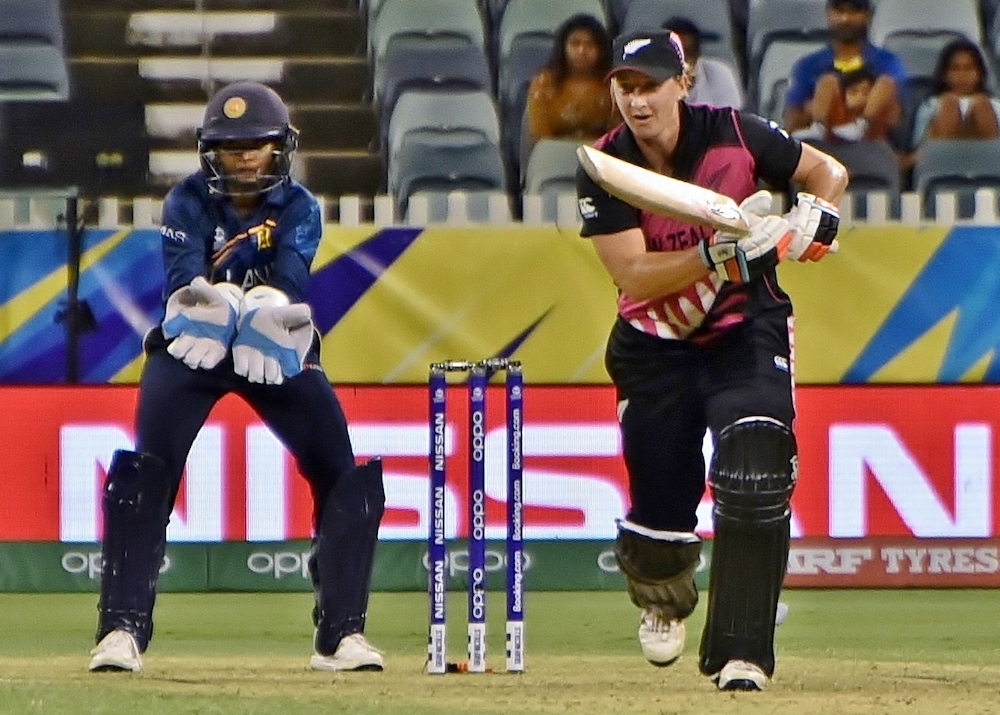
India
The beaten finalists in 2017 have never won the tournament, but are in with a chance of going one step further in New Zealand if their key players can perform.
With the bat, captain Mithali Raj is one of the most successful players in women’s cricket history with more than 10,500 international runs in a 22-year career, and she will likely be joined at the top of the order by Shafali Verma.
At 18, she is at the opposite end of her career to her captain, but is no less lethal, having taken franchise cricket by storm in recent years due to her boundary-finding expertise.
However Verma still lacks experience, and made her ODI debut less than a year ago.
Jhulan Goswami is the fourth ranked bowler in women’s cricket, and will be supported by Poonam Yadav, Rajeshwari Gayakwad, Meghna Singh and Deepti Sharma, the fifth ranked all-rounder in the game.
India have not been in great form in the lead up to the tournament, winning just one match in a six-game multi-format series with New Zealand in February, but did manage warm up victories against South Africa and West Indies.
They begin the tournament against long-time rivals Pakistan on Sunday, 6 March, and will want to start the tournament strong to have a chance of reaching the final for the third time in their history.
One to watch: Shafali Verma
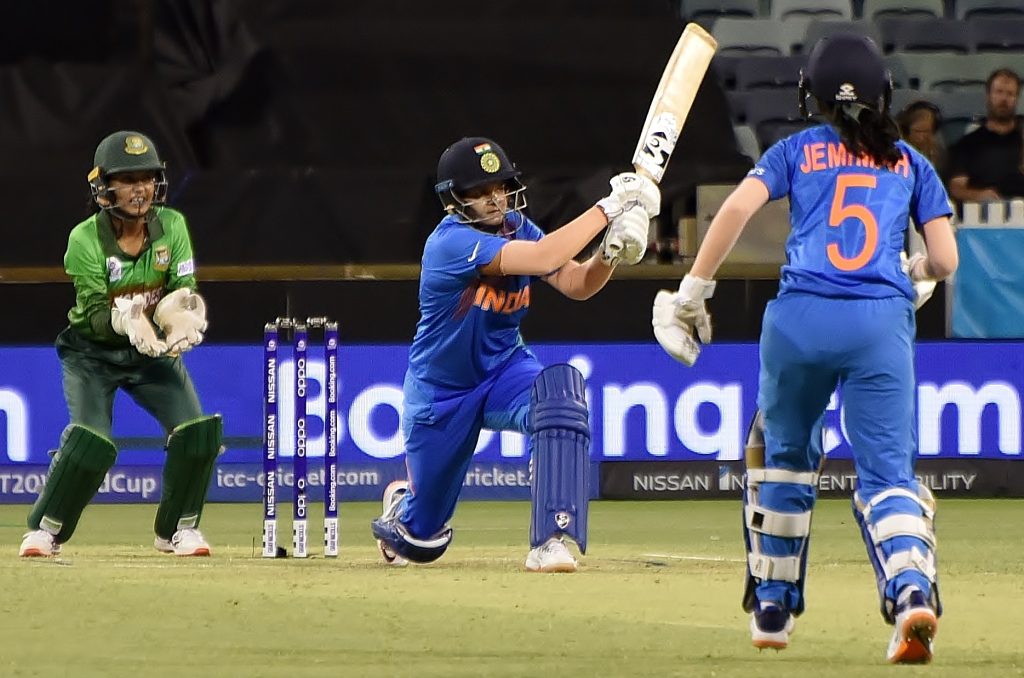
Image credit Bahnfrend via Wikimedia Commons under CC BY-SA 4.0 license
South Africa
In the absence of star captain Dane Van Niekirk, Sune Luus will lead a side that could be considered a surprise contender for the tournament in 2022, such is the danger and depth that this Proteas side possesses.
Vice captain Chloe Tryon is known within the game as one of the most dangerous hitters in white-ball cricket, striking at 97.79, while Mignon du Preez and opener Lizelle Lee have five ODI centuries between them.
Laura Wolvaardt may only be 22, but she will make her 100th appearance for South Africa at the tournament, and already has 21 50s and three centuries to her name, so she is yet another powerful Proteas batter that teams will be wary of.
But it is superstar bowler Shabnim Ismail who is most likely to steal the headlines, such is her reputation within the game as one of the fastest bowlers in women’s cricket, and has taken 164 wickets in her 114 ODI appearances, with an average of just 20.69.
Marizanne Kapp will partner Ismail for the new ball, and the two will present potentially the most fearsome partnership of the tournament.
They are backed up Ayabonga Khaka, who is four away from 100 ODI wickets, though South Africa may struggle in the spin department.
Van Neikerk’s 138 ODI dismissals are a big hole to fill, although there are plenty of part-timers who can contribute, including Luus herself, but there are few specialist spin options in the squad.
The Proteas may not have ever passed the semi-final stages, but they will be hoping that this side, which blends a mouth-watering pace attack with a belligerent batting line-up can go at least one step further than any of their predecessors.
One to watch: Shabnim Ismail
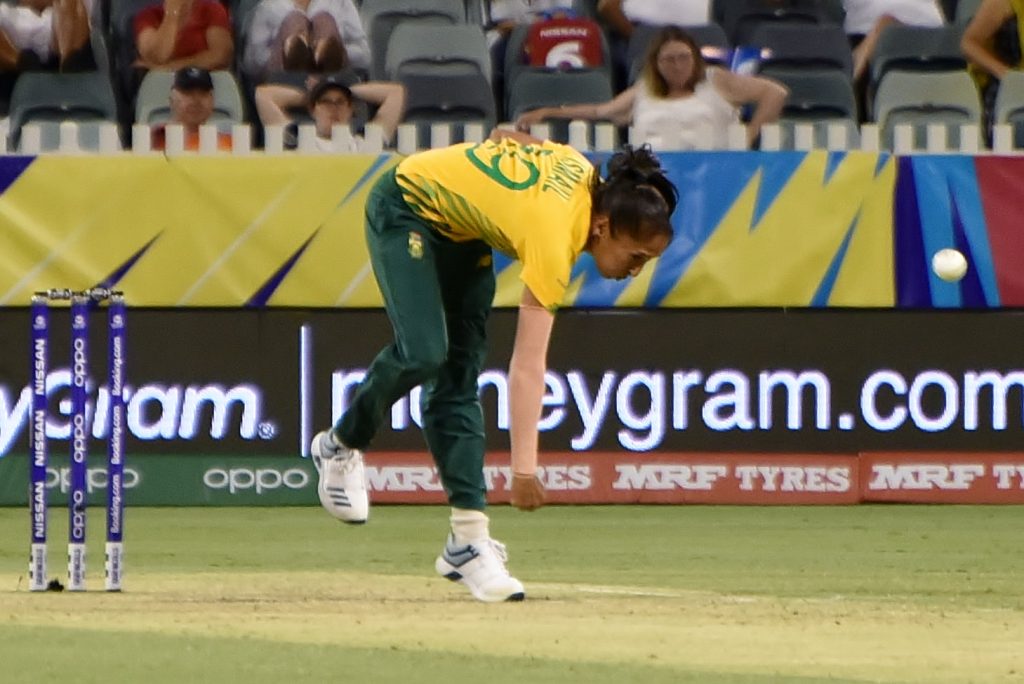
Image credit Bahnfrend via Wikimedia Commons under CC BY-SA 4.0 license
West Indies
Under the watchful eye of legendary bowler Courtney Walsh, West Indies are looking to improve upon the disappointment of a sixth place finish in 2017, having reached the final in 2013.
Led by Stafanie Taylor, who has more than 5000 ODI runs, they have an indifferent recent record leading up to the tournament, losing 2-1 to South Africa earlier this year, but they have plenty of firepower within their squad to cause an upset.
Taylor’s credentials have been long-cemented in her 13-year-and-counting career, and the all-rounder is currently the seventh ranked all-rounder. Alongside Deandra Dottin, who has more than 20 sixes to her name, she has been an ever-present in this West Indies side.
West Indies are even more dangerous with the ball.
Anisa Mohammed has more T20I wickets than any other player, and is West Indies’ record wicket-taker in ODIs, having made her debut at the age of 15 in 2003.
The off-spinner will be backed up by Taylor, as well as the pace options of Shamilia Connell and Chinelle Henry, who have taken 11 wickets between them in 2022 in the run up to the tournament, as well as Shakera Selman.
West Indies are unlikely to reach the final four – but it is not impossible.
There is more than enough strength in the squad to cause an upset, but will need the big players like Taylor, Mohammed and Dottin, to turn up on a regular basis.
One to watch: Stafanie Taylor
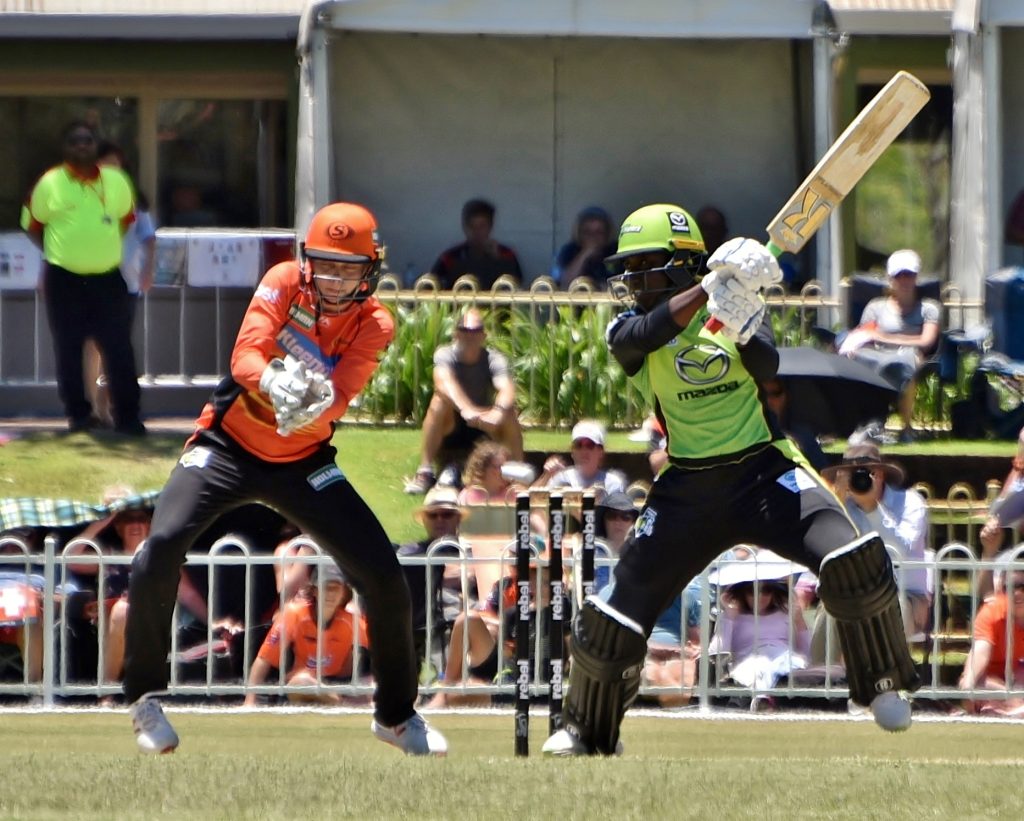
Image credit Bahnfrend via Wikimedia Commons under CC BY-SA 4.0 license
Pakistan
Pakistan’s women have never finished higher than sixth at the Women’s World Cup, which they managed in 2009, and have not won a World Cup match since.
Though their World Cup squad includes six of their top ten record run-scorers, they will likely struggle to score big runs, with only one player having scored an ODI century – 33-year-old Javeria Khan.
Captain Bismah Maroof has only just returned to the side after two years of maternity leave, and the allrounder has already claimed Pakistan can reach the semi-finals of the tournament this time out.
But that will be a tough ask for her side’s bowling attack, with very little pace support for opening pair Anam Amin and Diana Baig, who will likely have to do much of the heavy lifting with the ball.
Allrounder Aliya Riaz, who can be volatile with the bat, can step in to support Pakistan’s leading seamers, but they will probably lean heavily on the depth of their spin-attack if they are to achieve Maroof’s ambition.
Competing against the likes of England, Australia, India, New Zealand and South Africa, it seems unlikely that Pakistan will progress through the first round, but then again tournament cricket can swing on one unexpected result.
One to watch: Aliya Riaz
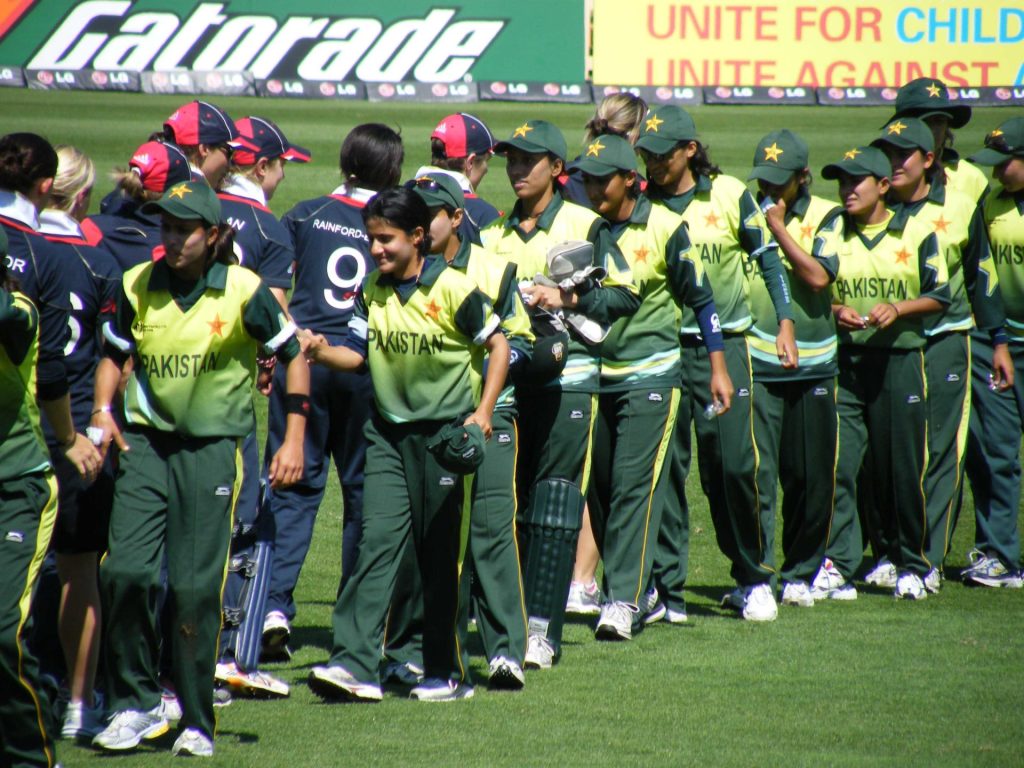
Bangladesh
The final side to qualify for the tournament is Bangladesh, who are also making their tournament debut in New Zealand, so irrespective of the outcome it is sure to be a historic occasion.
Bangladesh did beat Pakistan in November, but since then have lost to England in a World Cup warm-up game, and Sri Lanka in a T20I game, having beaten weaker sides such as Kenya and Scotland.
Naturally, they are not as blessed with the household names of Australia, England, or neighbours India, but captain Nigar Sultana can still call upon the talents of certain individuals.
Perhaps her country’s best player is Rumana Ahmed, Bangladesh’s record run-scorer and wicket-taker in her ten-year international career, and will naturally be the player Sultana turns to when Bangladesh find themselves in a bind.
Fargana Hoque is second behind Ahmed with 841 runs and seven 50s, whilst Salma Khatun has taken 41 wickets with a very handy economy of 3.51, but those statistics are skewed by the fact that Bangladesh rarely come across top quality opposition.
If they are to have any success in the tournament, Bangladesh will need their spinners to paper over the gaps in their pace attack, whilst Ahmed and Hoque will have to stand and deliver with the bat.
One to watch: Rumana Ahmed
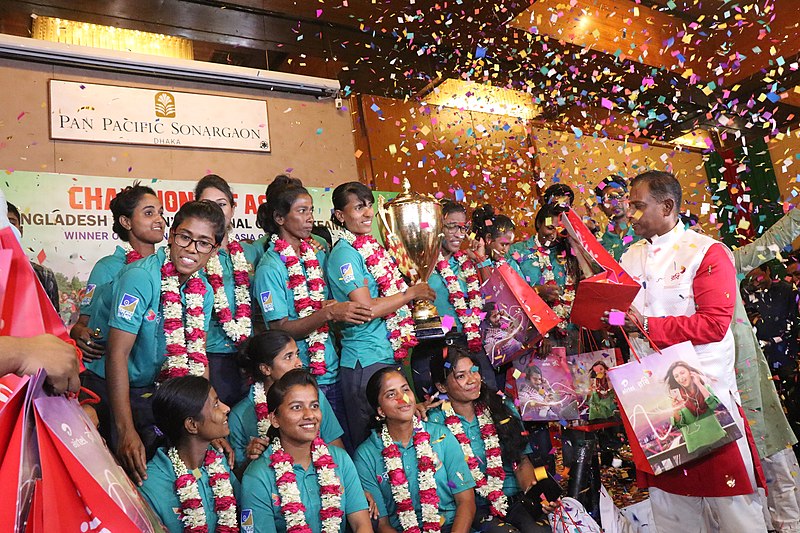
Image credit Nurunnaby Chowdhury via Wikimedia Commons under CC BY-SA 4.0 license
You can check out all of SWL’s World Cup coverage here.
Featured Image Credit: Robert Drummond via Wikimedia Commons under CC0 1.0 Universal (CC0 1.0) license

